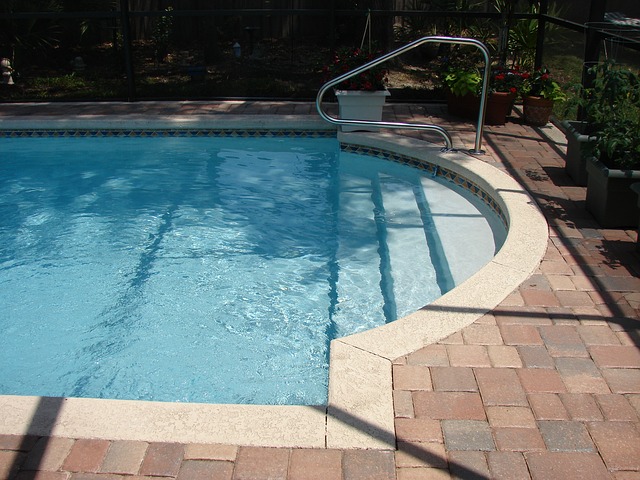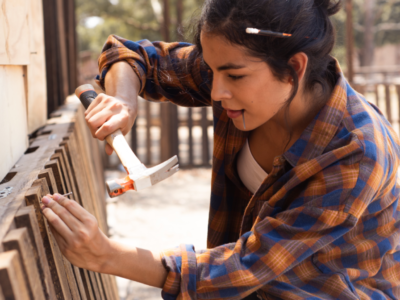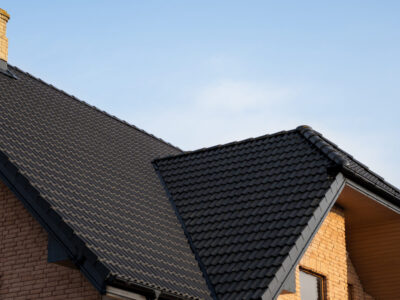Splashing in the Backyard: Choosing the Right Swimming Pool for Your Growing Family
There are many different types of swimming pools that might be right for you and your family and home. Unfortunately, when most people go shopping for a pool, they let the salesman dictate the conversation. Here’s what you should know before you walk onto the showroom floor.

Above Ground
An above-ground swimming pool is a semi-permanent structure that is usually between four and six feet deep. Most of these types of pools also have a diameter of between 12 and 30 feet. The pools are known for being relatively inexpensive and easy to assemble. They can be set up simply and kept throughout the year.
Some of the most obvious benefits of these types of pools include:
- The ability to set the pool up anywhere there is a level surface, or where a level surface can be created through leveling of the ground.
- The cost – these pools are between $1,000 and $2,000.
- Above ground pools can also be taken down easily.
But, for all of the benefits, there are some serious drawbacks to this type of pool. For example:
- Above-ground pools aren’t known for their durability. The lining of the pool can be ripped relatively easily.
- It’s completely exposed to the elements, making it vulnerable to premature wear and tear as well as accidental impact.
- Some people don’t like the way above-ground pools look. It sticks out from the rest of your landscaping, and it can generate complaints from neighbors. Some HOAs prohibit them, and you may need to have special permission from the local municipality before installing it.
- Not all above-ground pools have good safety features. Ladders, for pool access, are tricky for young people, the elderly, and those who are disabled.
In-Ground
In-ground pools are another option open to you. An in-ground pool doesn’t stick up out of the lawn. Instead, your backyard is excavated and the pool itself sits flush with the ground. In-ground pools are viewed as luxurious and high-end, and known for their reliability.
Some of the benefits of in-ground pools include:
- The style. There are an almost unlimited number of styles, finishes, and accessories available for in-ground pools. When construction is done, the pool often becomes a major feature of the property instead of an eyesore you have to put up with to enjoy swimming.
- In-ground pools tend to be more durable than above-ground pools. Because they are laid into the ground, they aren’t as exposed to the elements.
- There is more functionality in the pool, and it can be easily customized to suit your needs, including special access for disabled persons, the elderly, and special shallow ends for children as well as hot tub and spa areas.
Unfortunately, even in-ground pools have their drawbacks. For example, these types of pools are orders of magnitude more expensive than their above-ground counterparts. You also need special insurance for in-ground pools, and you will need to get code enforcement or local ordinance enforcement and an inspector to sign off on the building of the pool.
Chemically-Cleaned Pool Systems
Within the universe of both above-ground and in-ground pools are various types of pools and pool-cleaning systems. By far, the most common is the chlorine or chemically-cleaned pool system. These systems use chlorine, and a few other chemicals, to kill algae, bacteria, and other contaminants.
The chemicals can be harsh on the skin, but also expensive. And, some pool owners experience algae that’s resistant to normal chemical treatments, and so must buy additional chemicals designed to kill off biologicals living in the pool water.
Natural Swimming Pools
Natural swimming pools are not as common in the U.S. as they are in Europe. But, good natural swimming pools do exist in the U.S. and they cost about as much as the chemically-cleaned varieties.
Construction costs start around $50 per square foot. So, a 20 foot pool will set you back about $1,000. A 50 foot pool may start at $2,500. Because there are no chemicals to add to keep it clean, however, yearly maintenance costs are very low. With natural pools, you are building an ecosystem that takes care of itself.
There’s no need to monitor chlorine levels or pH levels. And, there’s no electricity needed to run filters or monitor pool health.
One common misconception is that natural pools are like swimming in a pond or lake where you’ll be swimming in weeds or plant life. Not true. Most natural pool systems feature two separate areas – one for plant life and one for swimming.
Finally, to keep the water from becoming stagnant, you can create a pump system which moves water, oxygenates the pool, and keeps the ecosystem healthy and safe for you to swim in. And, if you don’t like the look of plant life in and around your pool, you can opt for biological filters that sit out of the way. These filters clean the pool system, and keep the water fresh.
Felicity Harrison is a stay at home and online working mom that loves DIY jobs around the home. She enjoys sharing her ideas and insights online and her articles mainly appear on family and homeowner blogs.













